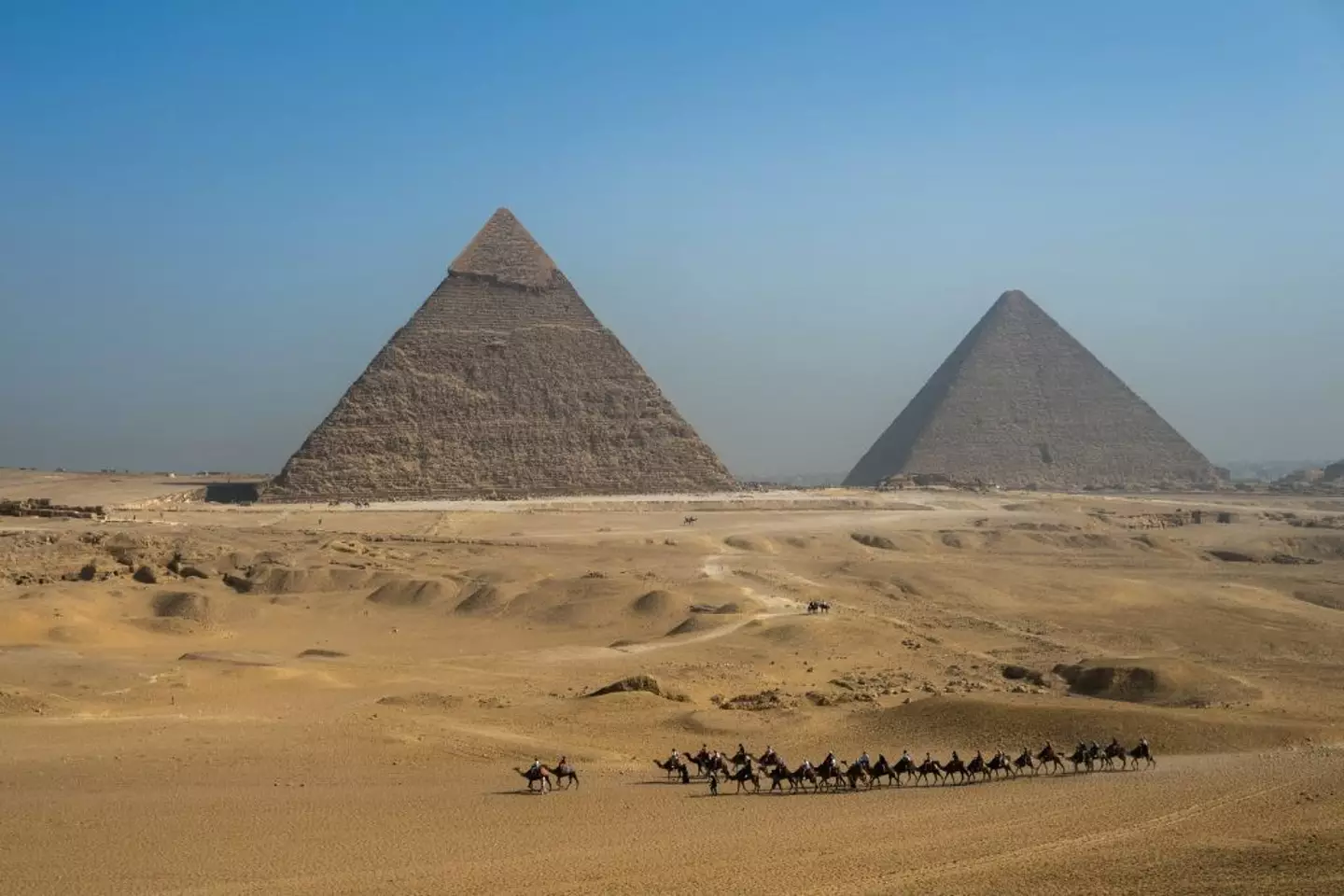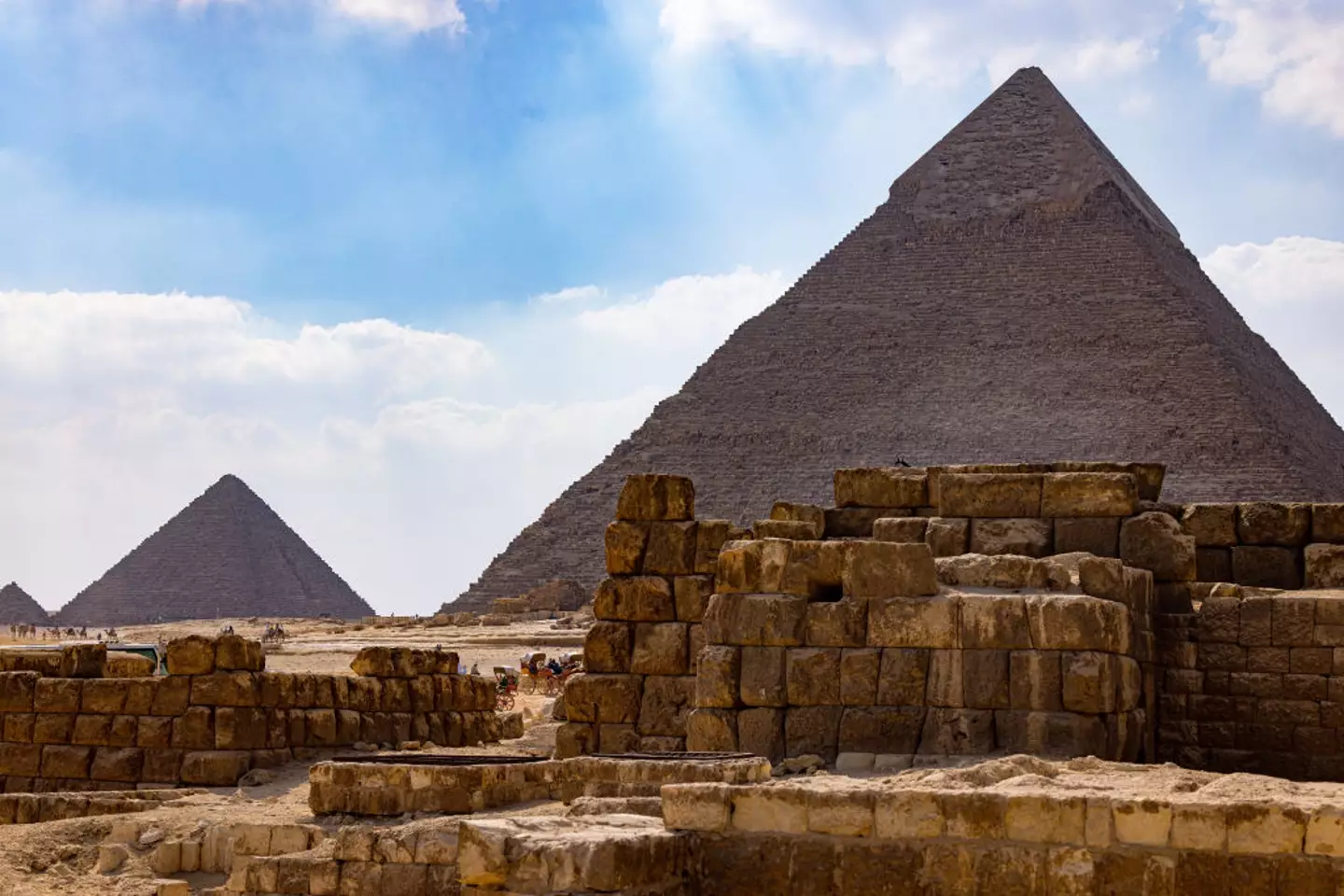One aspect of the pyramids’ construction has puzzled archaeologists, but new evidence may give point to an answer

Archaeologists working on the pyramids in Egypt have found new evidence which could offer answers to an important aspect of their construction.
The ancient structures are among the most iconic in the world, holding a particular fascination from historians and tourists alike.
They were built to house the mortal remains of Egypt’s ancient pharaohs, and the largest is the Great Pyramid, reaching 146.6 metres into the sky, and the oldest is the step pyramid at the Saqqara necropolis, which is around 4,700 years old.
One aspect of the pyramids in particular has fascinated archaeologists, however, is how they were constructed.
Specifically, how the thousands of tons of stone used in their construction was transported there.
Even with our modern technology moving that much stone would be no mean feat.
Without it, it’s an awe-inspiring indication of the ingenuity possessed by the ancient Egyptians.
Well now, archaeologists studying the pyramids have published a paper examining evidence which could point to an answer – and no, it’s not aliens.

The pyramids of Egypt are one of the most iconic structures in the world (JEWEL SAMAD/AFP via Getty Images)
Several thousand years in the Industrial Revolution, the UK had a similar idea when it came to transporting large quantities of industrial materials in a way which offsets their colossal weight – you do it by water.
There’s just one issue with this in Egypt near to the pyramids which you might have noticed, and that’s that there isn’t an awful lot of water.
And this is where the new research comes in, because a team from the University of North Carolina Wilmington has suggested that ancient builders used a branch of the river Nile which is now lost under desert and farmland.
This in itself was not a new theory, but the team has put forward evidence which may have actually located the lost waterway.

The study could explain how the stone was transported to the site. (Murat Gok/Anadolu via Getty Images)
Study co-author Prof Eman Ghoneim told the BBC: “Nobody was certain of the location, the shape, the size or proximity of this mega waterway to the actual pyramids site.”
The study was conducted across the globe, and used new technology to map the old offshoot of the Nile, which they believe was buried thousands of years ago in a drought and sandstorms.
They found the Ahramat branch, which means ‘pyramids’ in Arabic, which would have bordered 31 pyramids.
Study co-author Dr Suzanne Onstine told the BBC: “Locating the actual [river] branch and having the data that shows there was a waterway that could be used for the transportation of heavier blocks, equipment, people, everything, really helps us explain pyramid construction.”
She further explained that the Egyptians could have used ‘the river’s energy to carry these heavy blocks, rather than human labour’, adding: “It’s just a lot less effort.”
